This month we have an incredibly rare opportunity to listen for a lone sperm whale in the Salish Sea. Known as Yukusam, this ~15-meter-long animal makes powerful clicks as it navigates and forages in the deep fjords and basins of the inland waters of BC and WA.

Prior to traveling through Johnstone Strait last month, the last time a sperm whale was heard even close to the Salish Sea was more than 30 years ago (in Johnstone Strait). So, when Yukusam was heard tonight (31 Mar 2018) streaming live from the Orcasound Lab hydrophone in U.S. waters, it was a thrilling moment!
What sounds does a Salish Sea sperm whale make?
The sperm whale click is incredibly powerful and directional. This is what it sounded like as this largest of the toothed whales echolocated while swimming past the underwater microphones (aka hydrophones).
Approaching the Orcasound Lab from the north, Yukusam’s clicks went from faint hisses at ~20:05 to astounding cracks of sound with sizzling reverberation at 21:04, presumably at his closest approach. This ~1-minute sequence of 15 clicks is one of the most amazing underwater sonic experiences I’ve ever heard.
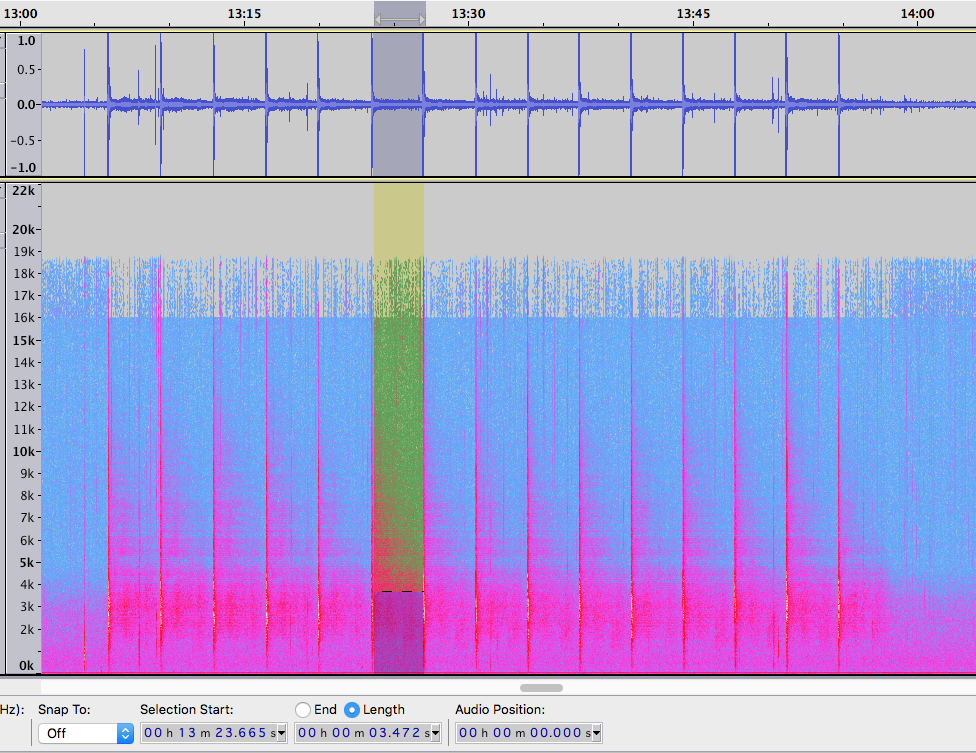
The inter-click interval is about 3.5 seconds.Here’s the lossless flac version of 15 sperm whale clicks.
About an hour later (at 22:05), just as I switched to the Lime Kiln hydrophone (5 km south in Haro Strait), this particularly intense and variable sequence of clicks occurred:
You can hear the amplitude and frequency characteristics change, which may indicate alterations in the source levels, or could result from Yukusam changing the orientation of his head relative to the hydrophone.
Yukusam altered between short sequences of <~10 intense clicks separated by ~4 seconds and long, steady sequences of less-intense clicks emitted about once per second (see figure above). Here is a clip with examples of both types of echolocation clicks:
The more intense, slower clicks have power peaks near 1700 and 2800 Hz, and a broader peak near 5200 Hz. The more regular clicks also have a couple peaks near 2000 Hz, but with relatively less power; there are comparable peaks at a wide range of higher frequencies, at least up to ~10,000 Hz.
At least once, the sperm whale made a transition from regular clicking to buzzing, as depicted in this clip and spectrogram:

These buzzes sound like distant versions of the clicks free divers hear when approached by sperm whales, like in this video:
Another sound that sperm whales make is a coda. We haven’t heard Yukusam make this sound in the recordings from Haro Strait, but it would be interesting if he did, since Whitehead and Rendell (2015) note that codas are rarely made by mature males and more often are heard from females and immature animals. (Does anyone know Yukusam’s age?) Whitehead and Rendell (2015) also suggest that codas are usually made when the whale is at or near the surface (so listen for them adjacent to the gaps between clicks (which I’m inferring are indicators of surfacing). Here’s an example of a coda recorded by ONC on 02 Aug 2013 —
The rest of this post is a work in progress, and will present and further analyze recordings from the Orcasound Lab hydrophone where Val Veirs collected continuous recordings and the Lime Kiln hydrophone maintained by Jason Wood of SMRU Consulting. I will also present what may also be sperm whale sounds in some recordings made during previous days — by the Ocean Networks Canada hydrophones located just over the border in the Strait of Georgia off the mouth of the Fraser River.
Haro Strait recordings
Raw data directory (flac and mp3 formats)
Orcasound Lab
There are hints that Yukusam could be heard coming around 5 minutes into the 19_50_00 recording from orcasound when a regular pulse of hissing noise is heard about once a second. By ~13 minutes into the recording (at around 20:05 PST) the hissing pulses have resolved into clicks with a bit of reverberation.
Add full recording (in ogg/mp3/flac) with sperm whale clicks being drowned out by the noise from a passing southbound vehicle carrier…


Lime Kiln lighthouse
Add full recording (in ogg/mp3/flac) with sperm whale clicks near the Lime Kiln hydrophone and discuss the temporal and frequency patterns in the data…

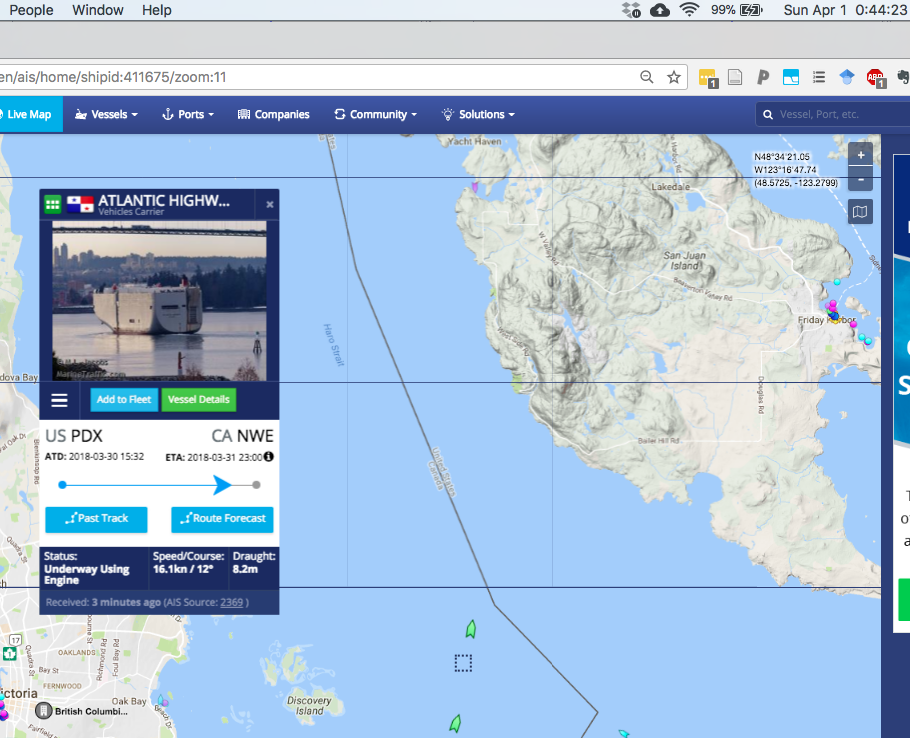
Strait of Georgia recordings
Example of 5 clicks from a (distant?) sperm whale(?):
This clip is from a 5-minute recording made from the hydrophones located on the central Strait of Georgia node of the Venus line. The Interocean hydrophone is at a depth of ~300m.

The recordings made in Johnstone Strait by Orca Lab are spectacular and contain a wide variety of clicks:
Today (3/27/2018) John Ford observed a sperm whale near Nanaimo that had previously spent an extended period within Johnstone Strait (Feb 12 – Mar 18). Prior to these sightings (and hearings), the last known observation of a sperm whale in the inland waters of B.C. or Washington State was in February, 1984, when John made the first and last acoustic recording of a sperm whale in Johnstone Strait. Jared Towers, who monitored the sperm whale in Johnstone Strait along with Orca Lab staff noted in a Facebook post that he was “not aware of any confirmed sightings of this species in waters anywhere along the inner coast of BC.”
Bioacoustic analysis of ONC recordings
Embed Google spreadsheet
| Inter-click interval | ||
| (seconds) | ||
| Type of sound | Whitehead + Rendell | Haro Strait |
| “Usual” clicks | 0.5-1 | |
| “Creaks” | ||
| “Slow click” or “clang” |
White + Rendell, 2015 say generally for sperm whales:
Dives duration (mean): 40 min (sometimes >1 hr)
Surface interval (mean): 8 minutes
Interval between codas: ~3-5 sec
Embed map of sightings/hearings?
Raw files from ONC archive
Link to the data browser and downloader
Spectrogram of the 5-minute ONC file containing sperm whale clicks:

Clips in this post were taken from this 5-minute mp3 file:
Examples from John Ford observations?
Or metadata to compare with ONC/SoG detections?
References
Whitehead book and insights?
Link to Smithsonian article
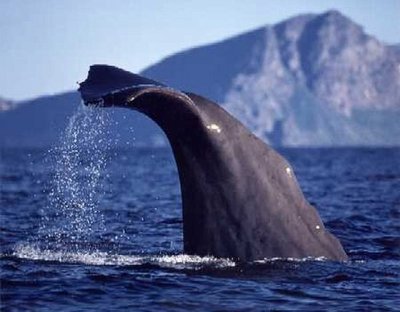

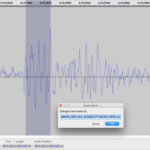

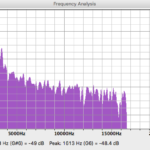
Thank you.
This is awesome. Nice work, Scott.
Thanks, Jeff. I hope you can use some of these sound clips with the killerwhaletales.org kids as examples of what a BIG odontocete sounds like (compared to a killer whale)!
D’accord . Yes , Thank you . all of you guys . seems sometimes sort of trivial but we need to know about the World ,the actual local part . So this whale , and these techniques , are important . and history is tracked for other later people to use. knowledge grows and is recorded. Thank You
Exceptional report, Scott. Now, start vacationing and head to the beach!
Love, Mom
Thanks so much for this in depth offering. I have spent some years in those waters working on a tour boat, and have heard the locals in hydrophone. Just moved off SJI two months ago – looks like my timing wasn’t great. This is incredible! What a creature, what a blessing.
Incredible sounds, so peaceful and happy!
Linda fr Florida